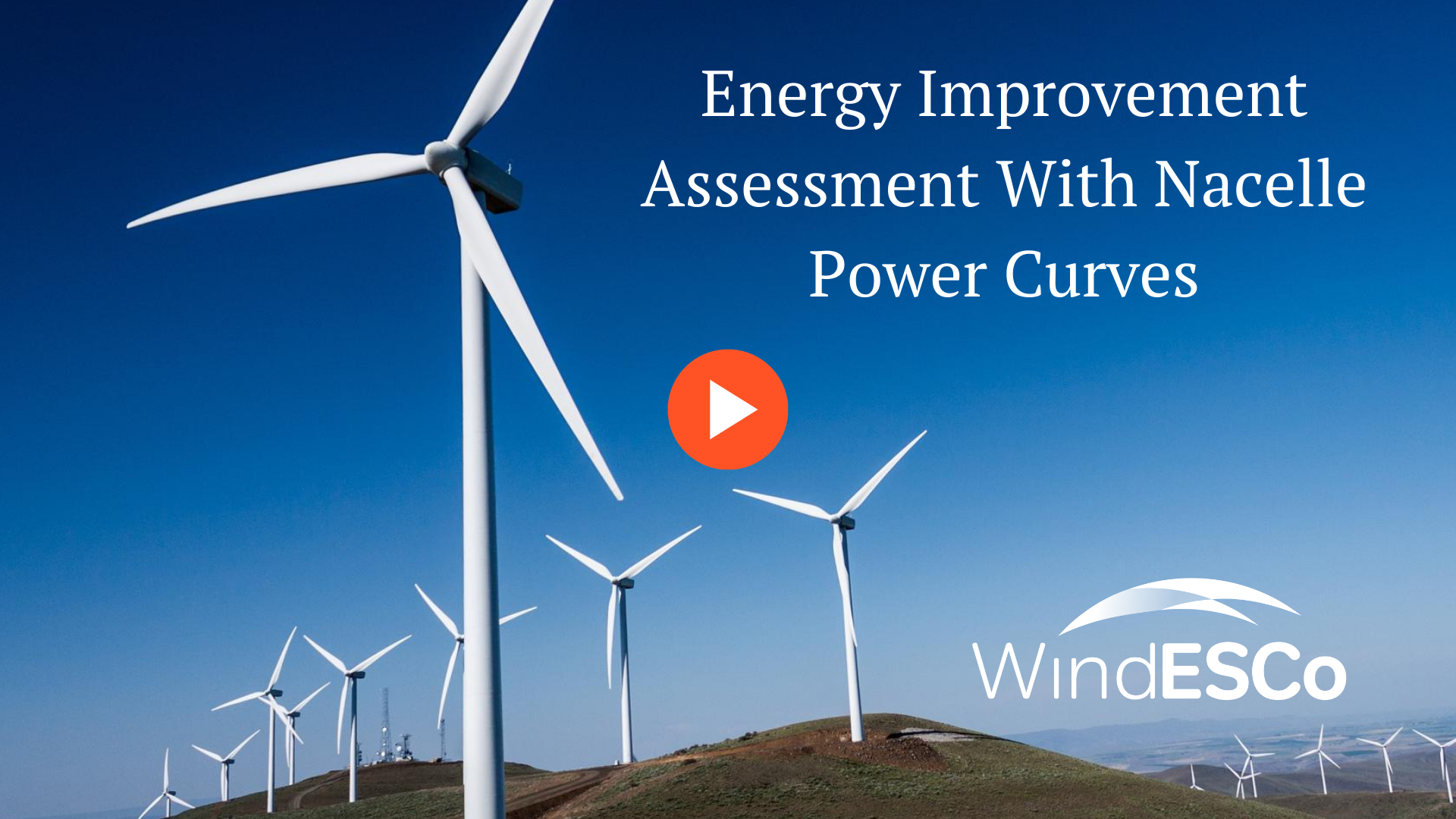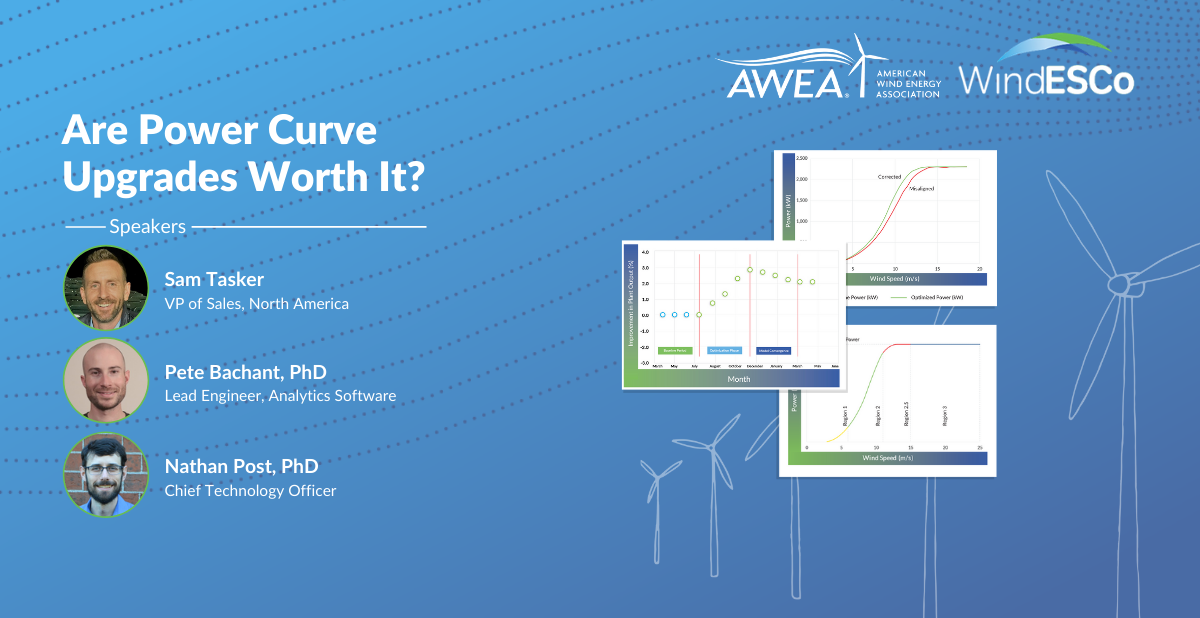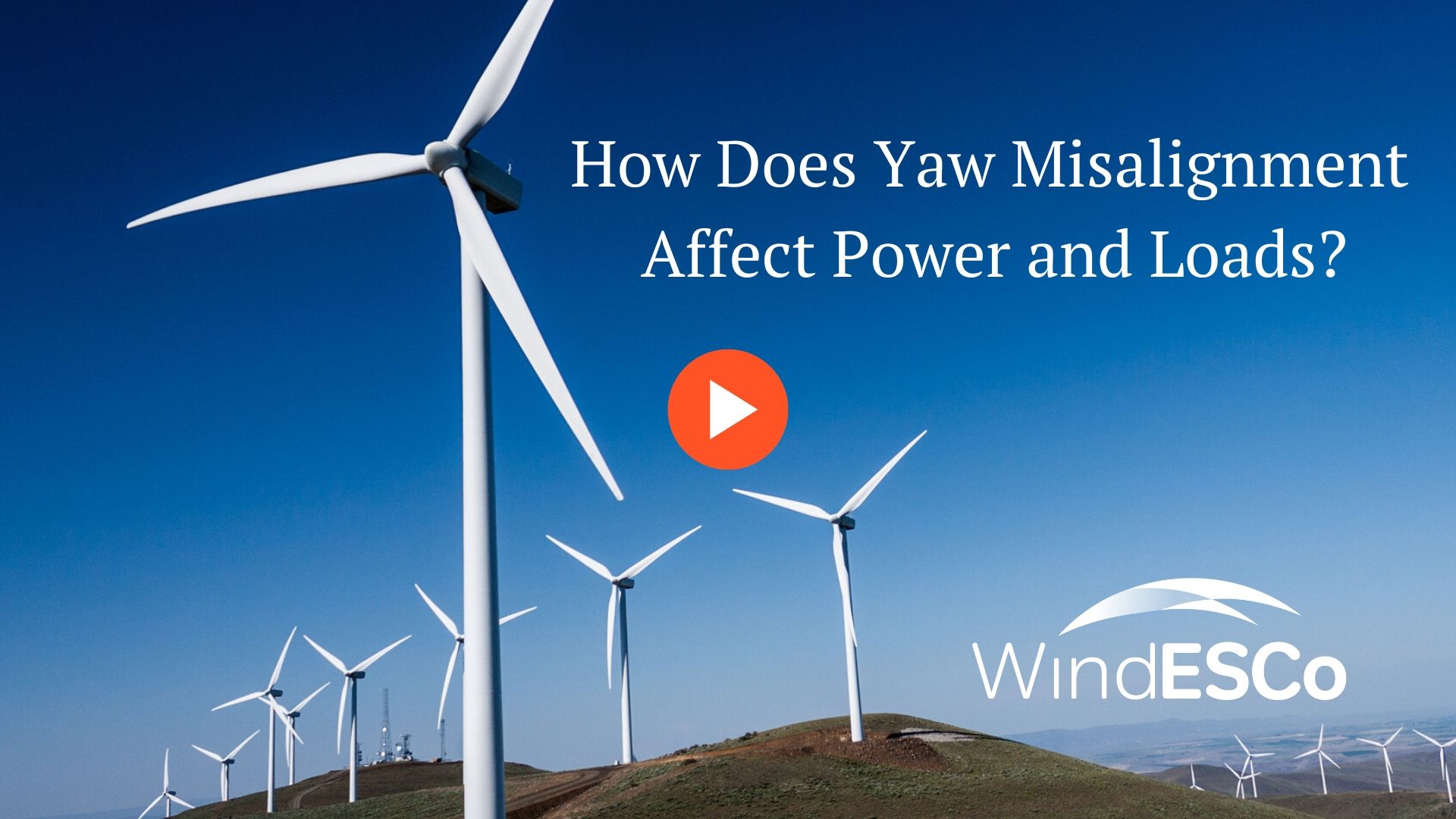5 Takeaways from WindESCo's Webinar: Are Power Curve Upgrades Worth It?
As a wind plant owner or operator, you have implemented or considering implementing various power curve upgrades for your turbines. We recently held...
2 min read
WindESCo Aug 26, 2020 8:00:00 PM

In our last video, we laid out the basic requirements for a successful methodology to assess the energy improvement from wind turbine upgrades: cost-effectiveness, accuracy, and reproducibility. Now we’re going to dive into the details of some standard energy improvement validation methods to see how they hold up.
One of the most common ways of visualizing turbine power performance is the nacelle power curve, a plot of power production versus wind speed measured at the nacelle anemometer.
If you want to assess the energy improvement of a turbine upgrade, this might be the most obvious approach. You plot the average curves in the baseline and optimized states. If the optimized power production is higher for a given wind speed below rated power, you might assume that the turbine upgrade was a success.
Since nacelle wind speed and power data are almost always available, this method can be cost-effective and reproducible. But is it accurate?
Unfortunately, in this case, there is a false assumption that a nacelle power curve is only affected by turbine power performance. In reality, the nacelle power curve can be distorted by many other factors:
These deficiencies make nacelle power curves misleading and inaccurate for assessing power or energy production changes from wind turbine upgrades. Keep an eye out for future videos where we’ll be diving into more energy improvement assessment methods to see how they compare.

As a wind plant owner or operator, you have implemented or considering implementing various power curve upgrades for your turbines. We recently held...

We've previously discussed yaw misalignment in-depth: what it is, what causes it, and how to measure it in your wind project. Today we'll be diving...

WindESCo now runs 64 individual checks on our Customer’s SCADA to uncover turbine performance anomalies across the entire wind turbine system,...